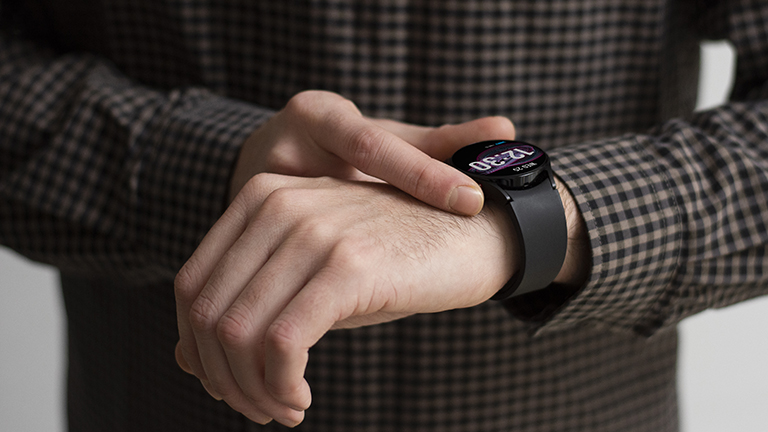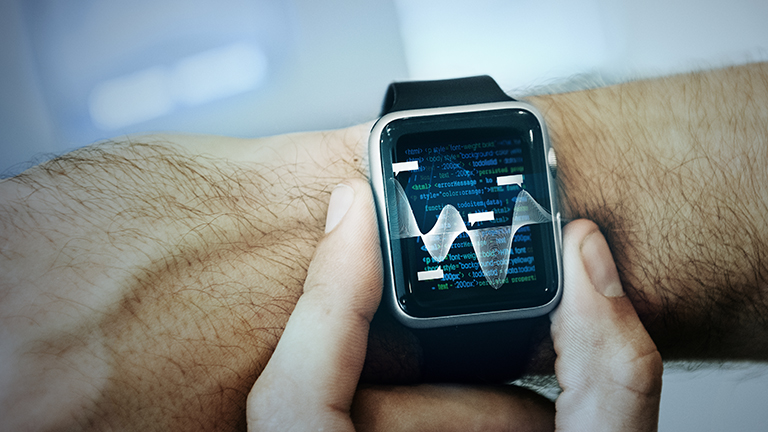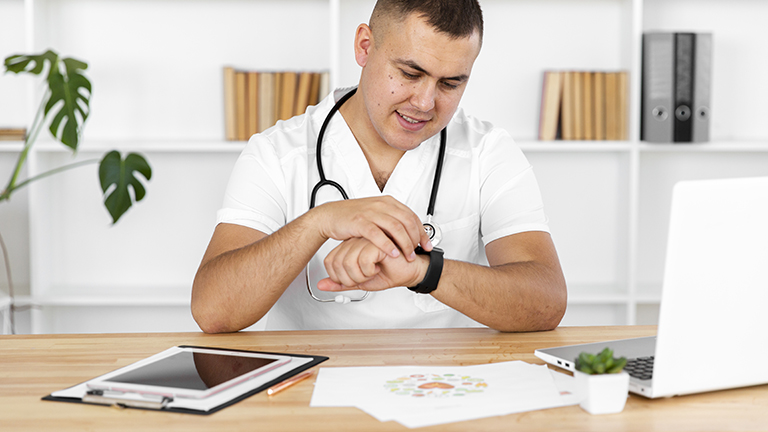High blood pressure, or hypertension, is one of the leading health risks across the globe. Millions of people in the USA, UK, Canada, and beyond rely on accurate monitoring tools to keep track of their cardiovascular health. Traditionally, people have used upper-arm cuff monitors at home or gone to clinics for regular check-ups. But technology has advanced, and now you can monitor your blood pressure in real-time using a blood pressure monitor watch.
These smart wearable devices combine the convenience of a smartwatch with the functionality of a medical tool. They not only measure blood pressure but also track heart rate, oxygen levels, sleep, and overall fitness. For anyone managing hypertension, diabetes, obesity, or cardiovascular risks, a blood pressure smartwatch offers the perfect blend of health monitoring and lifestyle support.
In this guide, we’ll explore everything you need to know about blood pressure monitor watches—how they work, their benefits, top features, best watches in 2025, FAQs, and comparisons with traditional monitors.
What Is a Blood Pressure Monitor Watch?
A blood pressure monitor watch is a wearable device designed to track and display blood pressure readings directly from your wrist. Unlike traditional cuff-based monitors, these watches use optical sensors (PPG – photoplethysmography) and advanced algorithms to estimate blood pressure levels.
They often include additional features such as:
- Heart rate monitoring
- Electrocardiogram (ECG) tracking
- Blood oxygen (SpO2) measurement
- Sleep and stress tracking
- Fitness tracking (steps, calories, workouts)
Some models are designed for general fitness users, while others are medical-grade devices approved by the FDA or CE for clinical use.
[INSERT_ELEMENTOR id=”5108″]
How Does a Blood Pressure Monitor Watch Work?
Understanding how these watches function helps users trust their accuracy.
- Optical Sensors (PPG Technology):
These sensors use light beams to detect changes in blood flow at the wrist. Based on these signals, algorithms estimate systolic and diastolic pressure. - Pulse Transit Time (PTT):
Some advanced watches measure the time it takes for blood to travel between two points (often combining ECG and PPG sensors). This improves accuracy. - Calibration Requirement:
Many watches require initial calibration with a traditional arm cuff monitor. Once calibrated, they provide more consistent results. - Data Syncing:
Readings are stored in the watch and can be synced to a mobile app via Bluetooth or Wi-Fi for long-term tracking and sharing with healthcare providers.
Accuracy of Blood Pressure Monitor Watches vs. Traditional Devices
Accuracy is a major concern for anyone using wearable blood pressure monitors. Traditional upper-arm cuff monitors remain the gold standard, but smartwatches have improved drastically in recent years.
Factors Affecting Accuracy:
- Proper Fit: The watch must be snug on the wrist.
- Positioning: Wrist should be at heart level during measurement.
- Calibration: Regular calibration improves consistency.
- User Movement: Excessive movement reduces accuracy.
Clinical studies show that the best medical-grade BP watches can achieve ±5 mmHg accuracy, which is comparable to home cuff monitors. However, cheaper models may show larger deviations.
Benefits of Using a Blood Pressure Monitor Watch
1. Convenience
Carry your blood pressure monitor on your wrist 24/7 without bulky equipment.
2. Continuous Monitoring
Unlike traditional devices, a smartwatch can track your blood pressure at multiple times throughout the day.
3. Early Detection
Sudden spikes or drops in BP can be detected and alerted, helping prevent emergencies.
4. Integration with Fitness and Health
Monitor not just BP but also heart rate, sleep, stress, and activity levels.
5. Ideal for Seniors
A smartwatch for seniors with blood pressure monitor is easy to use, lightweight, and allows family members or caregivers to monitor health remotely.
Features to Look for Before Buying a Blood Pressure Monitor Watch
When choosing the right blood pressure watch, consider the following features:
Accuracy and Reliability
Always check if the watch is FDA-approved, CE-certified, or medically validated.
Battery Life and Connectivity
Good models last 5–10 days per charge and sync data via Bluetooth or Wi-Fi.
Compatibility with Mobile Apps
Ensure it works with iOS, Android, and health platforms like Apple Health or Google Fit.
Comfort and Design
Choose a lightweight, adjustable, and durable watch for everyday wear.
Medical vs. Consumer Grade
- Medical-grade watches = more accurate, suitable for hypertension patients.
- Fitness-focused watches = better for general wellness tracking.
Best Blood Pressure Monitor Watches in 2025
Here are the top-rated blood pressure monitor watches in 2025 (based on reviews, features, and accuracy):
1. Omron HeartGuide (FDA-Approved)
- Medical-grade accuracy
- Inflatable cuff inside the band
- Best for seniors & patients with hypertension
2. Samsung Galaxy Watch 6
- Combines ECG, BP, and fitness features
- Stylish design, perfect for daily wear
- Requires calibration but highly reliable
3. Fitbit Sense 2
- Blood pressure estimation + stress tracking
- Long battery life
- Works with Google Fit
4. Aktiia 24/7 Blood Pressure Monitor Bracelet
- Continuous BP monitoring
- CE-certified medical device
- Automatic readings every 30 minutes
5. YHE BP Doctor Pro
- Inflatable cuff inside the strap
- Accurate readings comparable to cuff monitors
- Great for tech-savvy health users
How to Use a Blood Pressure Monitor Watch Properly
To get the best accuracy:
- Sit in a relaxed position with back supported.
- Keep wrist at heart level.
- Avoid caffeine, smoking, or exercise 30 minutes before measurement.
- Stay still during the reading.
- Calibrate regularly with an upper-arm cuff device.
Blood Pressure Monitor Watches vs. Traditional Devices
Smartwatch Advantages:
- Portable and stylish
- Continuous monitoring
- Tracks multiple health metrics
Traditional Monitor Advantages:
- Gold standard accuracy
- No calibration needed
- Recommended for medical diagnosis
Best Approach:
Use a blood pressure monitor watch for daily lifestyle tracking and a cuff monitor for periodic medical accuracy checks.
FAQs About Blood Pressure Monitor Watches
Are blood pressure monitor watches accurate?
Yes, medical-grade models like Omron HeartGuide and Aktiia are clinically validated.
Can smartwatches replace traditional BP monitors?
Not fully. They’re great for daily tracking, but cuff monitors are still preferred for clinical use.
Which smartwatch is best for seniors?
Omron HeartGuide and YHE BP Doctor Pro are highly recommended.
Do doctors recommend blood pressure monitor watches?
Yes, but mostly as a supplement to traditional monitoring.
Conclusion:
In 2025, a blood pressure monitor watch is more than just a fitness accessory—it’s a lifesaving health tool. Whether you are managing hypertension, monitoring heart conditions, or simply wanting to stay proactive about your wellness, a BP smartwatch offers real-time insights, convenience, and peace of mind.
If you want medical-grade accuracy, go for devices like Omron HeartGuide or Aktiia. For a balance of fitness and health tracking, consider the Samsung Galaxy Watch 6 or Fitbit Sense 2. Seniors may prefer YHE BP Doctor Pro for its simplicity and reliability.
By making an informed choice and using the watch correctly, you can stay ahead of potential health risks and live a healthier life.



